| Structure | Name/CAS No. | Articles |
|---|---|---|
 |
Salbutamol
CAS:18559-94-9 |
|
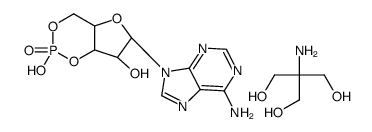 |
ADENOSINE 3':5'-CYCLIC MONOPHOSPHATE TRIS SALT
CAS:102029-77-6 |
|
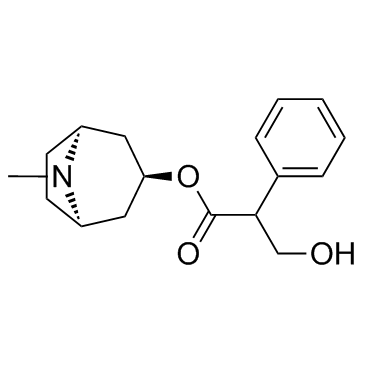 |
Atropine
CAS:51-55-8 |
|
 |
Albuterol sulfate
CAS:51022-70-9 |
|
 |
Retinoic acid
CAS:302-79-4 |
|
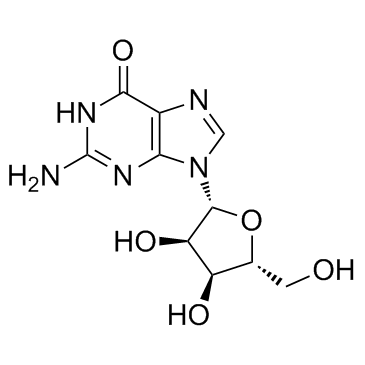 |
Guanosine
CAS:118-00-3 |
|
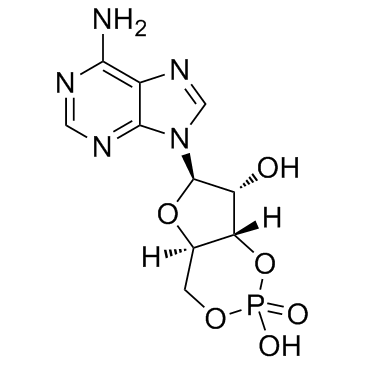 |
Adenosine cyclophosphate
CAS:60-92-4 |
|
 |
3-(3-Hydroxy-1-oxo-2-phenylpropoxy)-8-methyl-8-(1-methylethyl)-8-azoniabicyclo(3.2.1)octane bromide monohydrate
CAS:66985-17-9 |
|
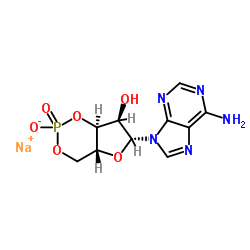 |
camp sodium salt
CAS:37839-81-9 |